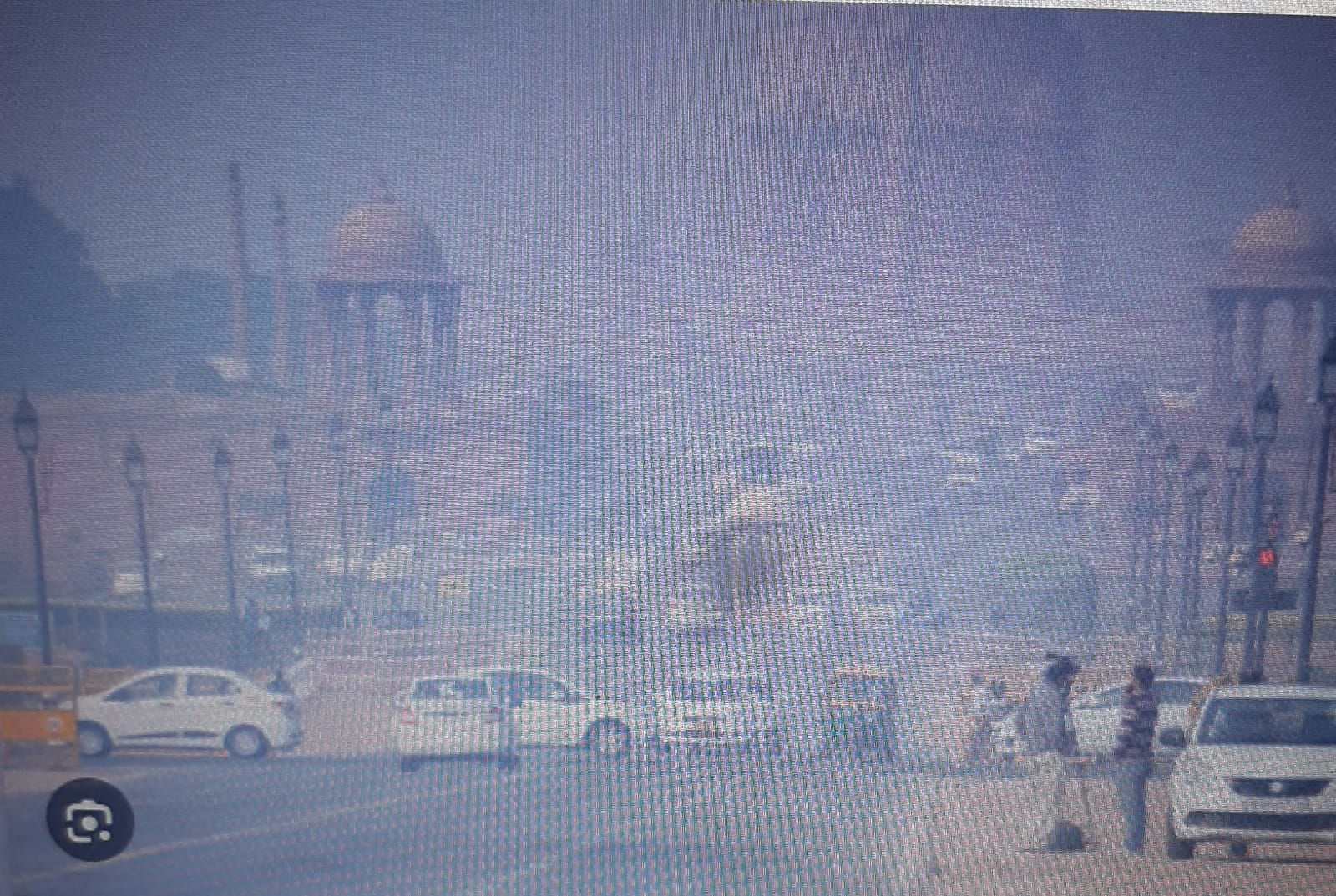
New Delhi, July 7: In an open letter, 239 scientists from 32 countries have urged the World Health Organisation (WHO) to revise its recommendations on airborne transmission, saying there is ample evidence that the coronavirus is spreading through the air in crowded spaces with poor ventilation. The WHO has maintained that airborne transmission of coronavirus is possible only after medical procedures that produce aerosols, or droplets smaller than 5 microns. But the scientists say such a narrow criteria is out of step with the evidence from around the world.
To be clear, this does not mean the coronavirus is hanging in the air, capable of infecting someone hours later. Experts say coronavirus does not behave that way. Nonetheless, they say WHO’s rigid criteria of defining airborne transmission is preventing hospitals and public health officials from enforcing strict use of masks in public and, in some cases, hospitals. Whether carried aloft by large droplets that zoom through the air after a sneeze, or by much smaller exhaled droplets that may glide the length of a room, these experts said, the coronavirus is borne through the air and can infect people when inhaled.









